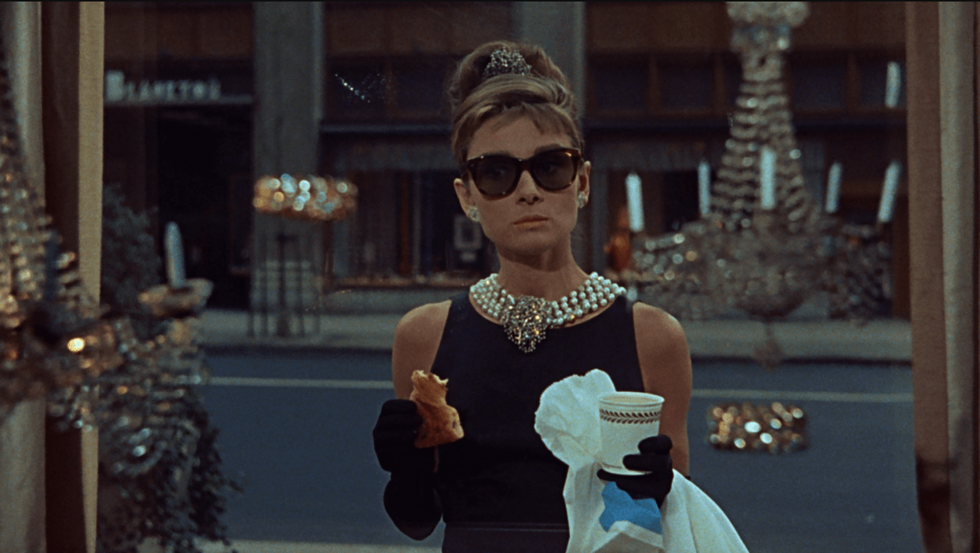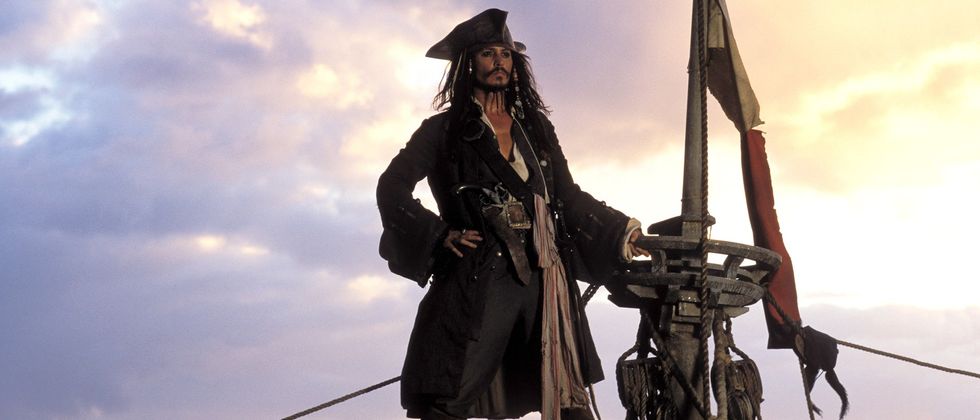
When I’m watching a movie or TV show for the first time, I always pay attention to how they introduce their characters. I want to know how the writers craft a scene that gets the most out of their protagonist or antagonist and how that scene sets them off on their journey.
A great character introduction can hook an audience, etch an image in our minds, and leave us craving more. And keep us watching or reading a spec.
On the other hand, a bungled introduction can make even the most intriguing character fall flat in seconds. So, how does one nail that crucial first impression?
Let’s dive in.
It All Starts From Character

The first thing I do when writing a new screenplays is I figure out who my characters are. I do this by developing them in a way where I know what the story needs from them and how to develop their arcs.
Once those decisions are made, I try to introduce them in a way that feels unique to who they are, and hints at who they need to become.
So if a character is a wimp, I’d introduce them being bullied, and show the audience a slight hint at what that arc should be moving forward.
Or if I was introducing a villain, I would have them doing something villainous.
No matter what, your character introduction should reveal to the audience something about the person they’re about to meet.
And that should be dictated by who they are as a person.
Visuals and Character Introductions

Film and television are fundamentally visual mediums. Often, our first encounter with a character is a purely visual one, before a single word is spoken.
Think of the chilling silhouette of Darth Vader against the backdrop of a captured rebel ship, or the striking close-up of Holly Golightly gazing into Tiffany’s window as she nibbles on a pastry.
Costume, setting, body language all contribute to building a character’s image before the story even begins to unfold.
Let your visuals amplify the characterizations of these people.
Think of unique ways to expose them.
The Best Character Introduction Examples
Introducing characters in film and television is, ultimately, about striking a balance. It requires a deft combination of visual storytelling, purposeful action, carefully chosen dialogue, and perhaps a dash of the intangible, the ‘it’ factor that makes certain characters rise above the page and come alive on screen.
Let’s look at a few examples.
Iconic and Powerful
- Hannibal Lecter (The Silence of the Lambs): Despite being imprisoned, his eerily calm demeanor, piercing stare, and refined mannerisms convey a chilling intelligence and unsettling authority.
- The Bride (Kill Bill Vol. 1): Bloodied and determined, we’re introduced to her through her quest for vengeance. It’s raw, visceral, and instantly establishes her as a force to be reckoned with.
- Trinity (The Matrix): Her opening scene, defying gravity with slick leather and stylized fight moves, showcases her as a powerful and mysterious figure within the simulated world.
- The Terminator (The Terminator): The Terminator’s arrival, naked and amidst bursts of electricity, followed by his relentless pursuit of Sarah Connor, immediately cements him as an unstoppable, inhuman threat.
Unforgettably Quirky
- Jack Sparrow (Pirates of the Caribbean: The Curse of the Black Pearl): His grand entrance, drunkenly sailing a barely-afloat boat into port, immediately paints him as a lovable, eccentric rogue.
- Jules Winnfield (Pulp Fiction): His philosophical ramblings and the now-iconic “Ezekiel 25:17” speech set the tone for the uniquely stylized and violent world of the film.
- The Dude (The Big Lebowski): Shuffling around in his bathrobe, perpetually laidback and obsessed with White Russians, he’s an instant emblem of offbeat charm and a life lived outside the norm.
Subtle Yet Effective
- Marge Gunderson (Fargo): Her small-town charm, folksy accent, and persistent politeness sharply contrast with the brutal murders she investigates. The juxtaposition makes her both likable and shrewd.
- Tony Soprano (The Sopranos): The opening scene, where he sits in a therapist’s office, establishes both his ordinary suburban life and the inner anxieties that plague him.
- Vito Corleone (The Godfather): His opening scene, calmly listening to a request on his daughter’s wedding day, uses quiet moments and subtle gestures to establish immense power and unspoken influence.
Try This Character Introduction Template

Alright, so you read through and still need some help? We developed this template to help you suss out how to introduce your characters in your movies and TV shows.
It takes all the basics of what we’ve talked about and amplifies it from there.
I also think the intro gets boiled down to just the first scene, when really in all of act one you’re giving us more and more about the character. So I tried to make the template help carry you deeper into the story as well.
Character Introduction Template
1. The Basics
- Name: Consider the significance of the name.
- Age (and general age appearance): Does their age match their appearance? Does it influence their worldview?
- Role in the Story: Protagonist, antagonist, supporting role, mentor, etc.
2. Visual Impression
- Physical Description: Focus on distinctive features, body language, style of dress. What do these things tell us about them?
- Setting: Where do we first encounter them? What does this location say about their life circumstances?
- Iconic Prop/Object: Is there an item immediately associated with them? (Glasses, a weapon, a particular piece of clothing, etc.)
3. Action Beats
- First Action: What’s the FIRST thing they DO that we see? Make it count.
- Defining Moment: A key scene/choice that reveals their core personality (brave, cowardly, compassionate, selfish, resourceful, etc.)
4. Words that Matter
- Voice/Speaking Style: Formal, casual, slang, accent? Does it match their appearance?
- Key Quote: A memorable line that gives insight into their mindset or beliefs. It doesn’t need to be from their first appearance but should be an early, defining line.
5. The Intangibles
- Overall Vibe: What kind of emotional impression do they leave (menacing, comforting, quirky, unsettling)?
- The Hook: What’s the question or mystery about this character that makes the audience want to know more?
How to Use the Template
- Don’t fill every box: It’s about sparking ideas, not a rigid checklist.
- For existing characters: Use the template to analyze why their intro works (or doesn’t).
- Consider your Genre: A comedic intro needs different elements than a thriller.
Example (Abbreviated)
- Name: Sarah Connor
- Age: Early 20s, but appears world-weary
- Role: Protagonist
- Physical Description: Muscular, unassuming clothes, short hair—practical
- Setting: Diner where she works as a waitress
- First Action: Notices unusual man watching her, subtly checks the exits
- Key Quote: “You still don’t get it, do you? He’ll find her! That’s what he does!”
- Overall Vibe: Capable, but fear simmers just below the surface
- The Hook: Who is ‘he’? Why does it seem impossible for her to hide?
At the end of the day, your intros are going to be as unique and voicey as the story you’re writing. They’re a great opportunity to excite the reader and get an actor excited about playing one of these roles.
So put in extra effort to make them standout.
Let me know what you think in the comments.
Author: Jason Hellerman
This article comes from No Film School and can be read on the original site.
